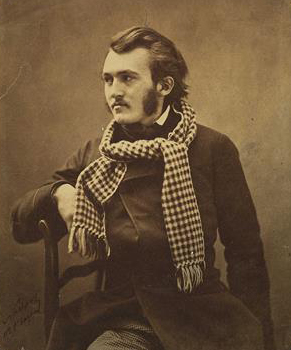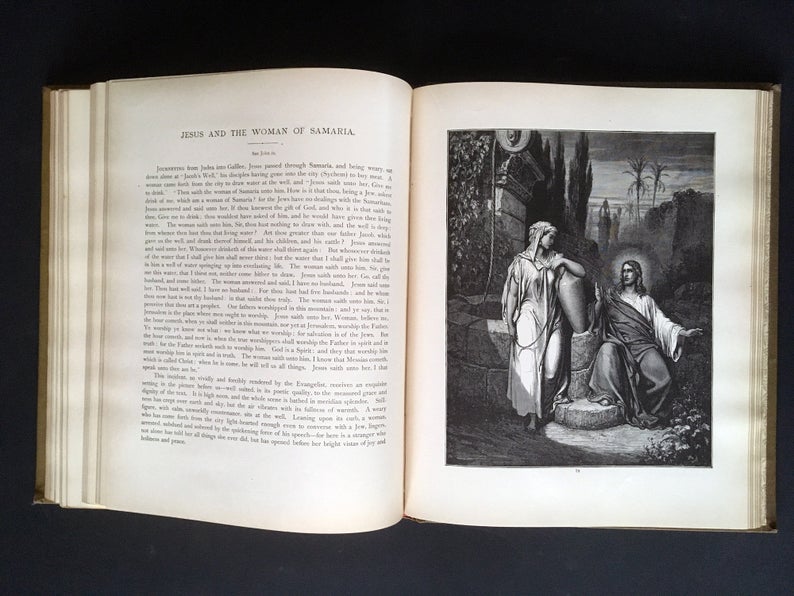It is often said that “people don’t read on the web.” Not true. You’re reading these words after all. What is true is that people begin exploration of a website in “skim” mode. New website visitors take their first few minutes (or seconds) acquainting themselves with all the site’s offerings. Some visitors will conclude their visit after a quick skim. But others, after getting oriented, discover compelling stories and move from skimming to swimming. They take their time reading blog posts, or dwell on objects from your collection. In fact, when a visitor discovers a strong match between their interests and your content, they might go even deeper—from swimming through an article into a deep dive of related stories and resources.
It’s not a question of whether people do or do not read on the web. It’s simply a question of matching a person’s intentions and interests with the proper level of information.
Skim, Swim, Dive
Understanding the skim—swim—dive dynamics of website engagement can help you to more effectively present your content to visitors and provide them with the level of information needed as their interest is piqued. Getting this dynamic wrong can hinder discoveries that might otherwise draw them from skim mode into swimming, and from swimming into a dive.
That’s why a website’s home page and primary navigation ought to be focused on skimming—on providing an overview of the site’s content. Your homepage and navigation should function like a trail map with a “you are here” marker and a well presented set of options for exploring further.
Common Museum Website Design Mistakes
One common failure on museum websites is when the homepage functions primarily as a billboard for one content element. Broadcasting the latest exhibition, or featuring one particular work of art does create a dramatic introduction, but that comes at the cost of requiring visitors to work harder to skim. Drama comes at the cost of discovery.
The same goes for the use of a mobile menu in desktop mode. Again, that design choice does result in a clean and uncluttered layout, and further allows the focus to be on one immersive piece of content, but it also makes the user have to make an additional effort to explore the main site menu. The visual impact created trades off on the important function of orientation.
Design Trade Offs
Every design decision involves trade offs. Taking up the whole screen “above the fold” and isolating the menu behind a tidy mobile menu does have aesthetic appeal, but it comes at the cost of exploration. Of course at the other end of the spectrum, cramming everything into the top of the screen and stuffing every nook and cranny of website content into the menu system would come at the cost of overwhelming a visitor and making a huge mess.
There is plenty of room for individual preferences between these two extremes, but I believe there are few best practices that can and probably should be a baseline for most museum websites.
Navigation Systems That Promote Orientation
A well labeled and organized navigation system, with drop down menus that flesh out the main offerings of the site should be immediately visible from all site pages. I also prefer, though this is more of a preference than an absolute best practice, to have a shrunken version of the menu stick to the top of the page as it’s scrolled. Or, if not stuck, to have it appear when a visitor begins to scroll back up. Readily available menus are extremely conducive to skimming and orientation activity.
While not fitting in every case, the use of mega menus can help museum websites to provide a quick glimpse into the range of offerings to be explored. Mega menus not only create a map of the site’s content, but their robust design options allow content to be weighted and prioritized, grouped and sorted in ways that further enable visitors to digest the overall content available on the site.
The “Rule of Sevens”
Of course even a mega menu has to be limited to primary content. You can’t list every page on the site. When we work on navigation information design we follow a general rule called the “rule of sevens.” For any level of navigation we try to keep the list to seven or fewer items. Whether that’s the overall main navigation choices, or the list of sub pages beneath these items, keeping the list to seven or less will help with orientation.
That’s because when our eyes skim over groups of information, we are able to discern and take in sets of information in small groups. It’s why we can immediately know what number is thrown on dice, not because we count the dots, but because we visually recognize the small groupings.
While dice stop at six, we are generally able to recognize such groupings in sets up to around seven—beyond that we have to stop and count. This is, by the way, why telephone numbers (aside from area codes) were originally limited to seven digits. You probably still remember your seven digit childhood phone number (if you’re old enough to remember when we actually needed to remember our phone numbers).
So, if we follow this rule of thumb, that would limit any menu system to a maximum of 49 items. That might seem like plenty, but when you start building out a museum menu, those slots can fill up quickly. For those pages and features that will not make it into the main navigation, there are other ways to make sure they don’t get buried.
Strategic Use of Related Content
One way to call attention to content that is not immediately accessible from a main menu is to utilize related content widgets. Main section landing pages are a great place to call attention to related events, related exhibitions, related objects, related programs, or related blog posts. Providing related content widgets encourages visitors to move from swimming into deeper dives.
Adding related content to top level pages is an obvious best practice, but you can also take a bottom-up approach to related content. When writing stories and posts you can use tags and categories to point to other site content related to the subject at hand. Related content helps to build connections and paths through the site—a web of connections.
Calls to Action
Another way to help connect your content, and further exploration is the use of well-placed Calls-to-Action. CTAs are a bit more utilitarian than related content, and allow a museum to remind visitors of ways they can support the institution and its mission. CTAs can be used to promote exhibitions and events, solicit memberships and donations, and build your museums email newsletter list.
While it may be true that half of your visitors come with simple goals such as confirming your hours, or finding out where to park and eat when they visit—others come with a desire to explore. Engaging those visitors effectively requires clear way finding and building connections that allow for deeper discovery.










